The Di Giovanna’s are as Sicilian as it gets; brothers Gunther and Klaus are the current 5th generation owners. Gunther and Klaus do not sound very Sicilian you may ask? Gunther explains, “Sicily is an international island.” The Di Giovanna’s are a prime example of this fact – Gunther’s mom is German, his wife is American, his consultant is Bordelais, and Gunther is the 5th generation Sicilian.
His family founded the farm and winery in 1860 and has been handed down generation to generation ever since. Each generation has walked the same terroir for over 150 years. Gunther shows extreme care for the land, he states “it’s land I inherited.”
Their holdings include 5 different vineyards located in western Sicily above Sambuca di Sicilia. In total, they own 56ha. They are not too far from the ocean, but at the same time they are in the mountainous region. The vineyards range in elevation from 400 meters to 800 meters, and the winery is one of the highest in Sicily. This causes problems during the winter months with snow not un-common.
Location of vineyards and winery on the eastern side of the mountain:
Large holding of vineyards and olive trees on western side of the mountain:
Their first wine, Gerbino Bianco, is a blend of 70% Chardonnay, 20% Grillo, and 10% Viognier. Gerbino comes from the name of their largest vineyard. In Sicily, Viognier is typically blended with Chardonnay to add bouquet, and makes Chardonnay less heavy and more elegant. Gunther uniquely adds Grillo to the blend to let consumers know this wine is Sicilian and since it adds weight, or body to the wine.
Gunther’s winemaking style is as simple as possible, as he explains the hard work is completed in the vineyard. The white grapes are soft-pressed over 3-to-4 hours in which he takes only the 1st flower (the Primo Fiore he calls it). The Primo Fiore is the first 55% of the pressed juice and will be used to make the wine, the rest will be sold as bulk wine. Fermentation starts with a combination of ambient yeasts and organic selected yeasts. All of his whites will not start malolactic fermentation, stopped by a small dose of sulfur once alcoholic fermentation is completed. Whites are aged without oak, on their fine lees with regular batonage, and then lightly stabilized and filtered for bottling. For the sulfur conscientious, his whites receive total 40mg/L sulfur (30mg/L for reds), half the allowance for non-certified organic producers.
His second white is 100% Grillo, an indigenous variety of Sicily, most popular for its use in Marsala. The skin of Grillo is very thick, looks like a food grape, and produces a wine of richness. Gunther’s Grillo is planted in a very particular soil – yellow Tufo of volcanic origin very rich in minerals and stones. Both Grillo and Nerello Mascalese shine in the volcanic-rich Tufo.
Gunther explains that all Sicilian indigenous varieties produce extremely high yields. They employ a heavy green harvest, up to 50% reduction, along with single-side leaf thinning for whites and dual-sided leaf thinning for reds. All of Gunther’s grapes are hand-harvested when it is fresh, between the hours of 4:30am-9am and 5:00pm-9pm. Daytime temperatures during harvest can average 95F to 104F degrees. The Prima Fiora (the 1st 55% press juice) is made in the same manner as his Gerbino Bianco aside from a slightly longer press and a (very) cold maceration to near-freezing. In Sicily the pair Grill with salty and fatty fish like salmon, medium-aged cheeses, and olives.
Poggionotte, meaning “hill of the night”, is Di GIovanna’s Nero d’Avola that is quite different from others due to the altitude of the vineyards, 400-to-600 meters above sea level, thus increasing its acidity and aromatics. Normally Nero d’Avola is produced very close to sea level (50-100m). Di Giovanna’s Nero d’Avola is harvested 2-to-3 weeks later than other producers. The wine is aged in 2nd year 40-50% barrique, the rest stainless steel, for just a few months.
In 1997 the vineyard became one of the first to be certified organic in Siciliy because “we live in the vineyards” states Gunther. Though, “I am not a hero”he says, as it is easy to produce organically in Sicily. He does not use pesticides because they don’t need to use them. His production is smaller since be cannot fertilize the soil every year. Instead, natural methods of fertilization are used. All pruning and grape leftovers are returned to the soil. Sheep are slowed to eat grass in the vineyards from end of harvest to spring producing natural fertilizer as well. Once the vines begin to flower, the sheep move into the olive tree field and then wheat fields. Unfortunately, Gunther says there is no value for their wool.
Gerbino Rosso is their “international” blend – 35% Cabernet Sauvignon, 35% Merlot, 15% Syrah, and 15% Nero d’Avola. The Cabernet and Merlot are stainless steel aged while Syrah and Nero d’Avola see 2nd year barrique.
The indigenous Nerello Mascalese is not easy to produce – yields are extremely high, management is difficult from beginning to end, and the wines generally have less color and less structure. Like Grillo, Di Giovanna employs two methods to battle its high yields – a heavy green harvest, and short winter pruning, only 3 spurs, thus reducing production 50-60%. Gunther prefers to harvest Nerello Mascalese as late as possible. To combat Nerello’s lack of color and structure, Gunther long macerates for 4 weeks with hot water around the tanks at 86F/30C temperature. Only the free-run juice goes into barrique for 6 months with the press wine being sold as bulk wine. Gunther prefers a more clean and elegant Nerello even though he could produce 100,000 more bottles if he blended in the press wine.
Di Giovanna also produces a 100% Nerello Mascalese Rosato. Gunther exclaims, “2014 is the year of the rose!” Previous vintages of his rose are beautiful, almost Provence-like, with strong minerality. In 2014 there was no rain during harvest so they could pick very late. Bottled in mid-January, the wine will have slightly more alcohol, 13.5%, compared to 2013.
Helios, a ode to Gunther’s father, is there top-line. The highest selection of grapes are used in the 70% Nero d’Avola, 30% Syrah blend. The wine is aged in barrique, of medium toast for 1 year. Only 500 cases produced.
Not only do the Di Giovanna’s produce wines of spectacular value (all can be had for under $15 besides Helios), Gunther and Klaus do so by respecting the land they inherited. They have been growing grapes organically and have been certified before it became in fashion. Gunther’s two sons and Klaus’ two daughters will be the 6th generation, if they decide a career in wine. Organic viticulture will ensure alive vineyards for the future. As Gunther exclaims, “The organic way, the wine is better.”
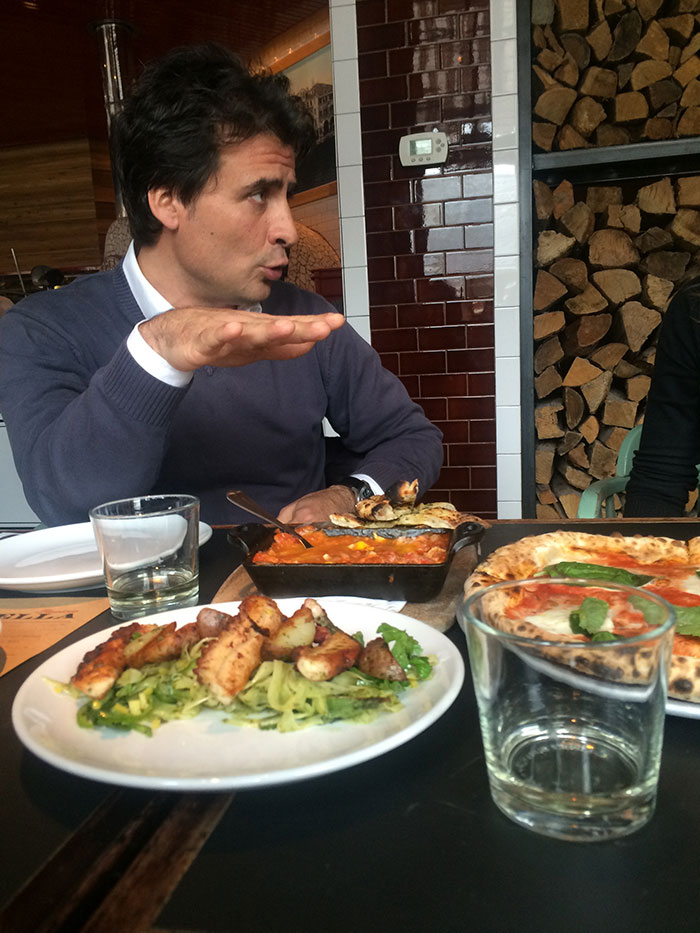
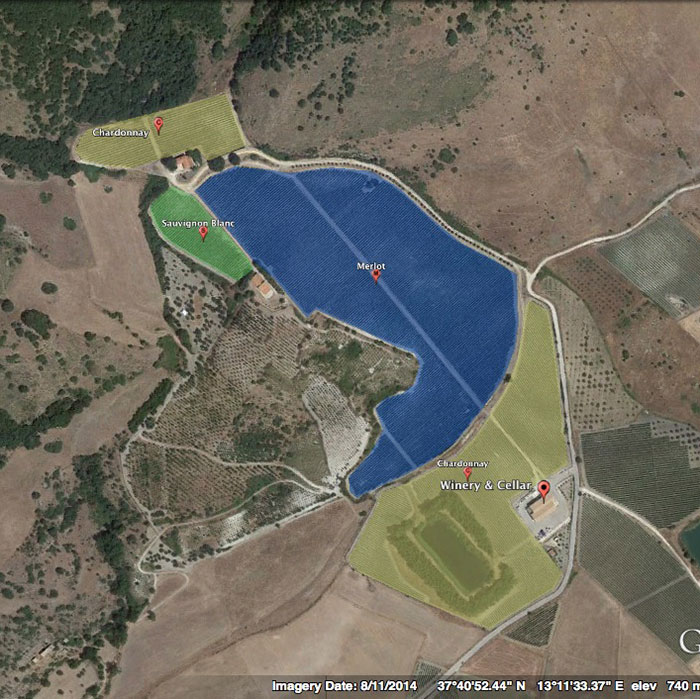
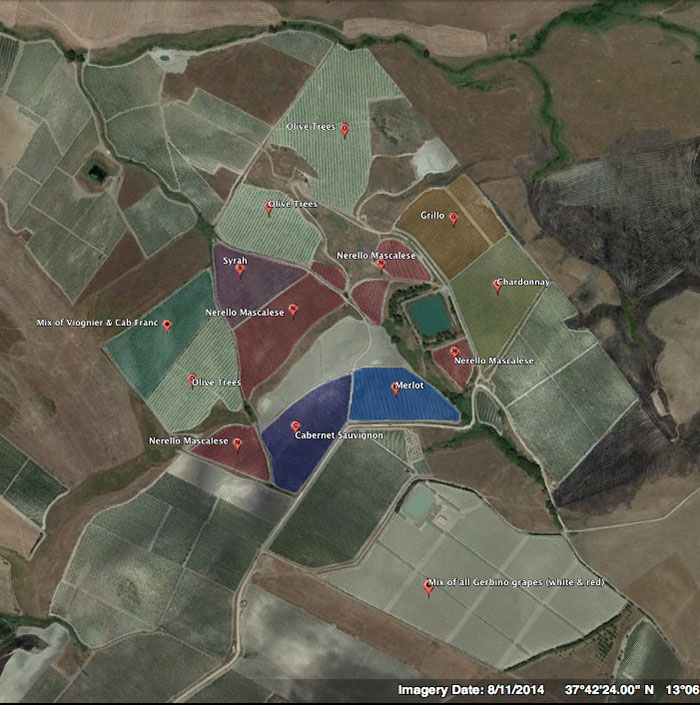
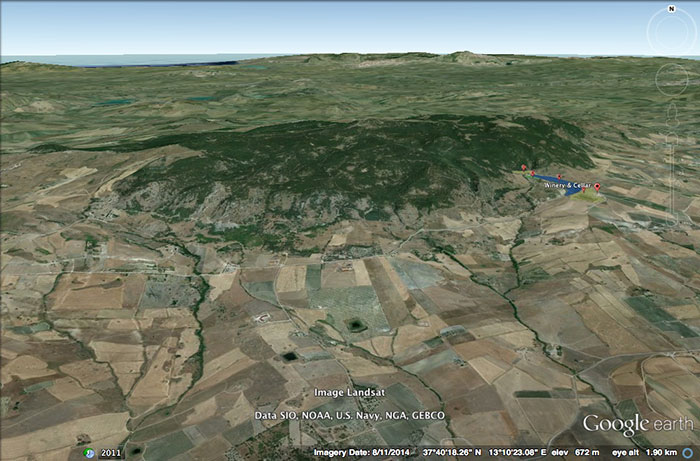
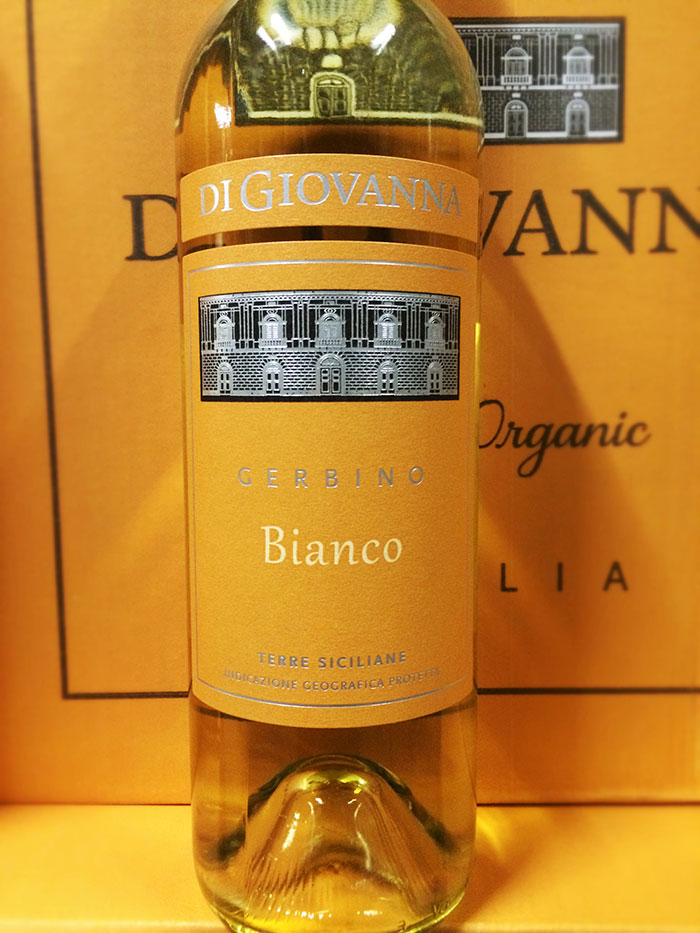

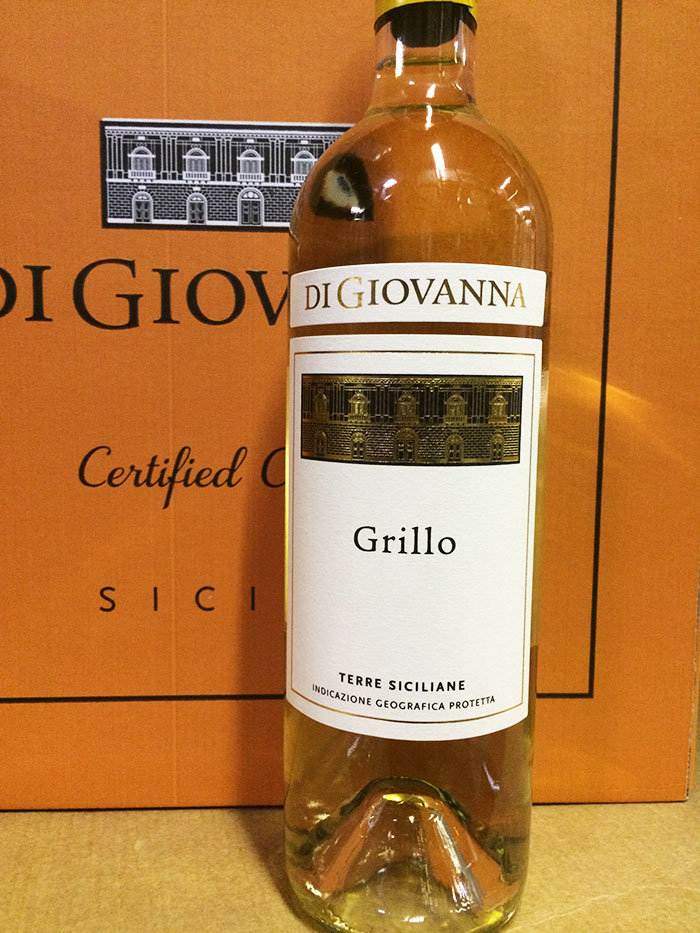

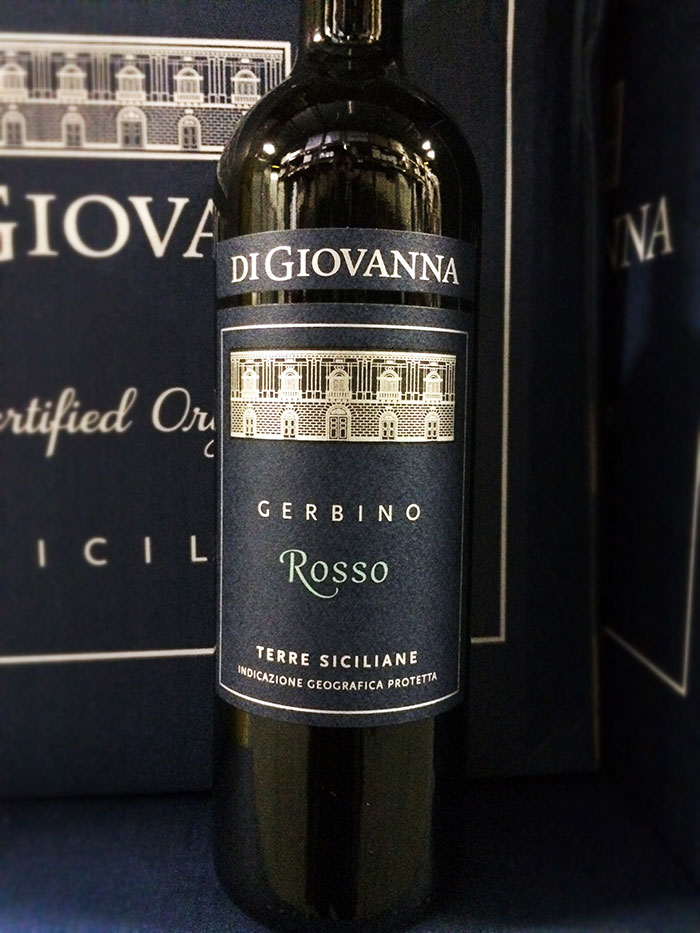
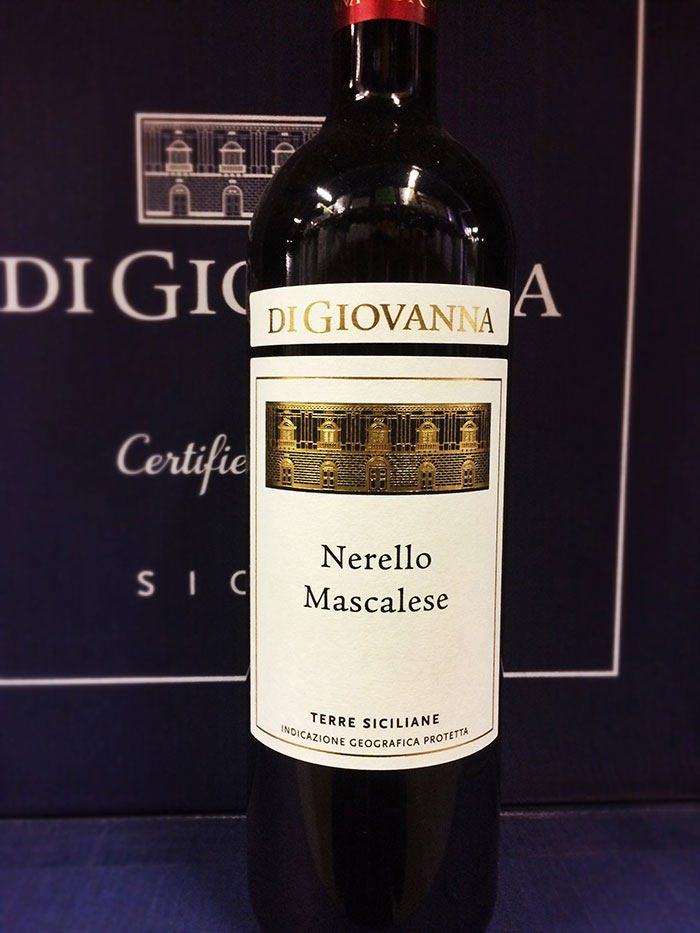
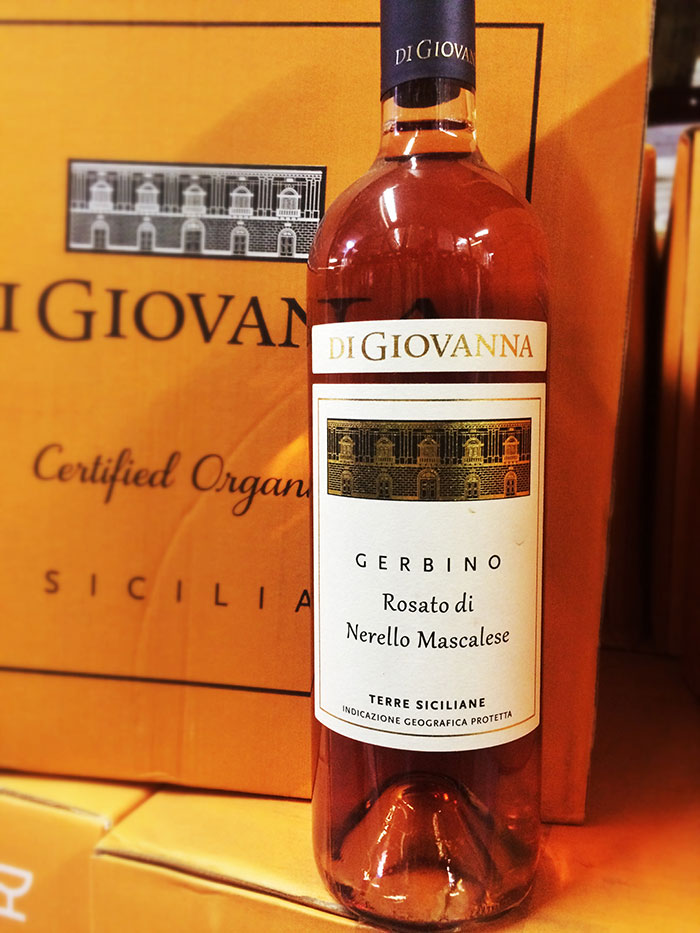
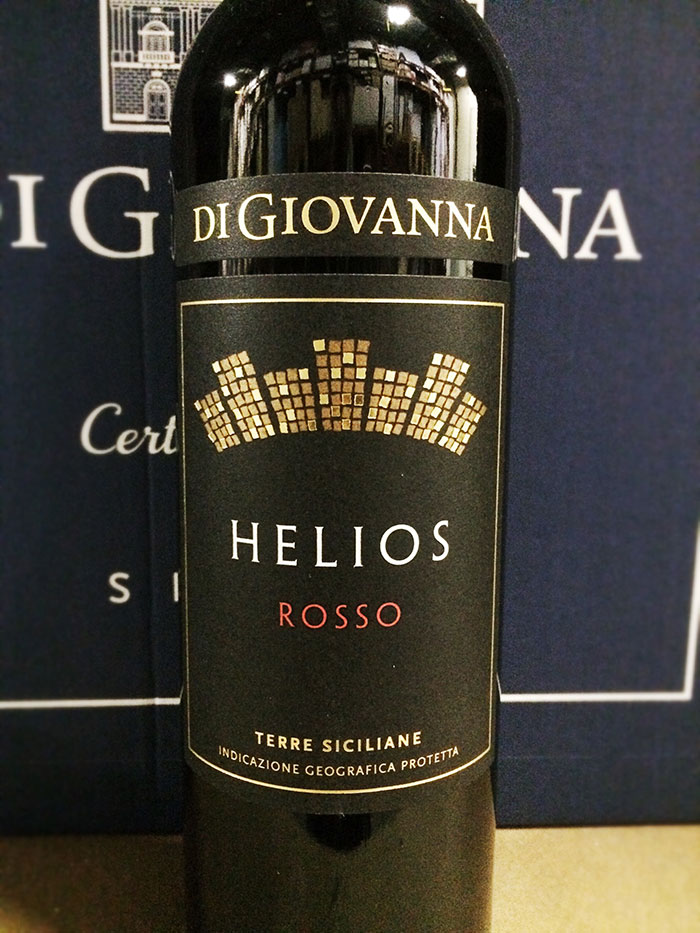
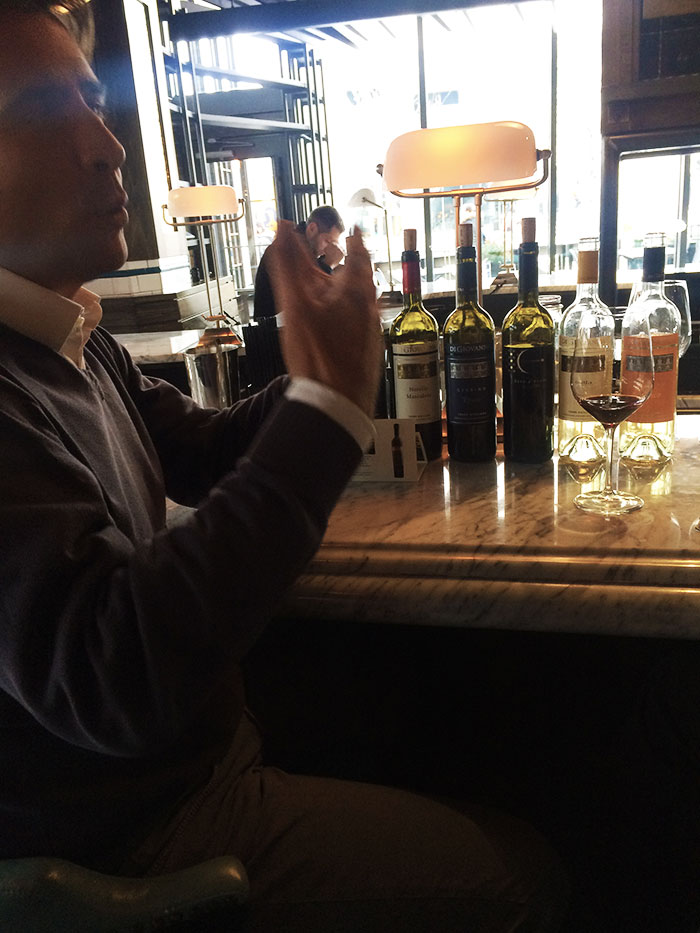
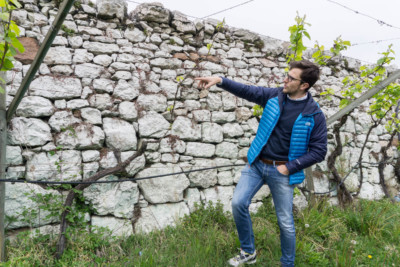

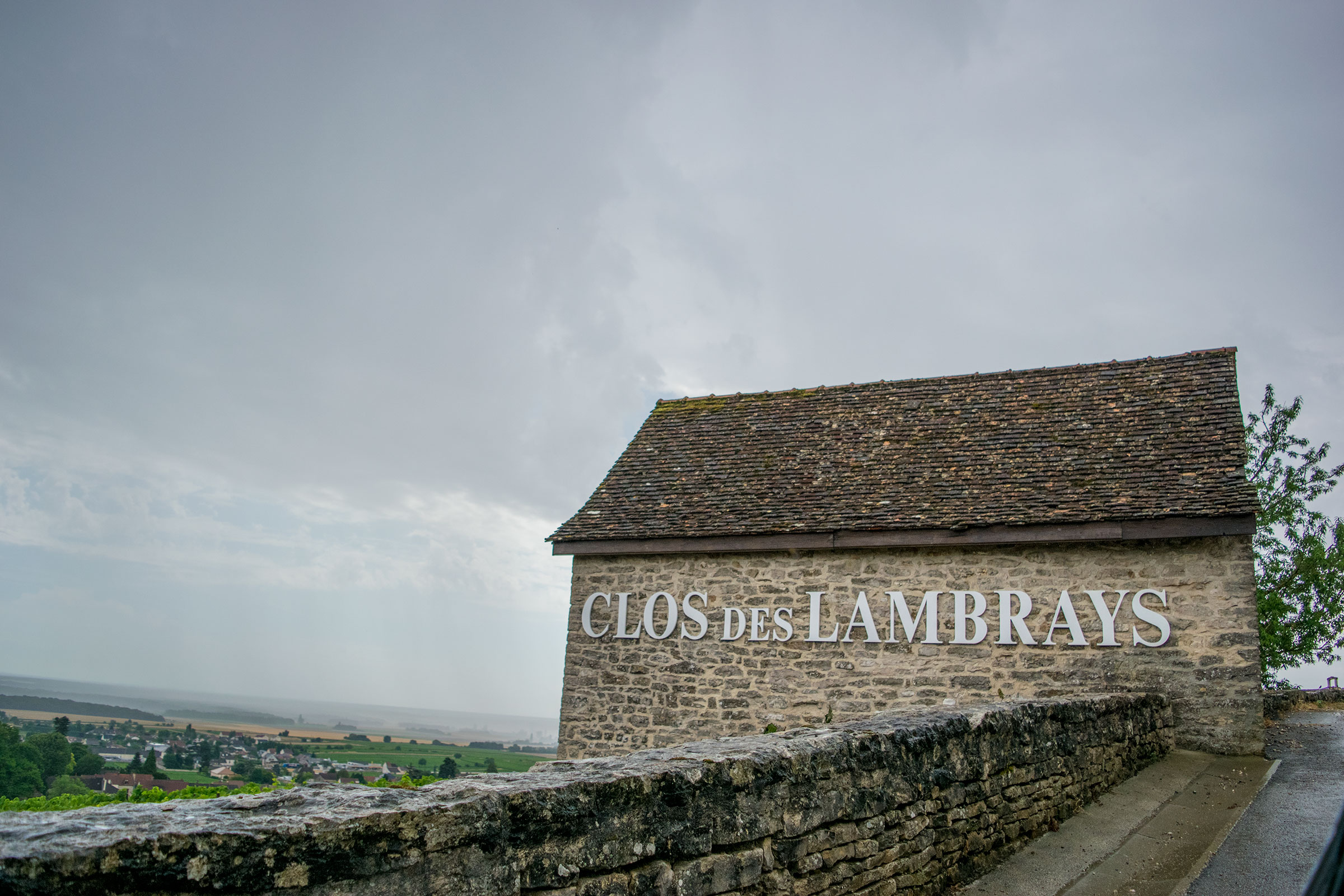
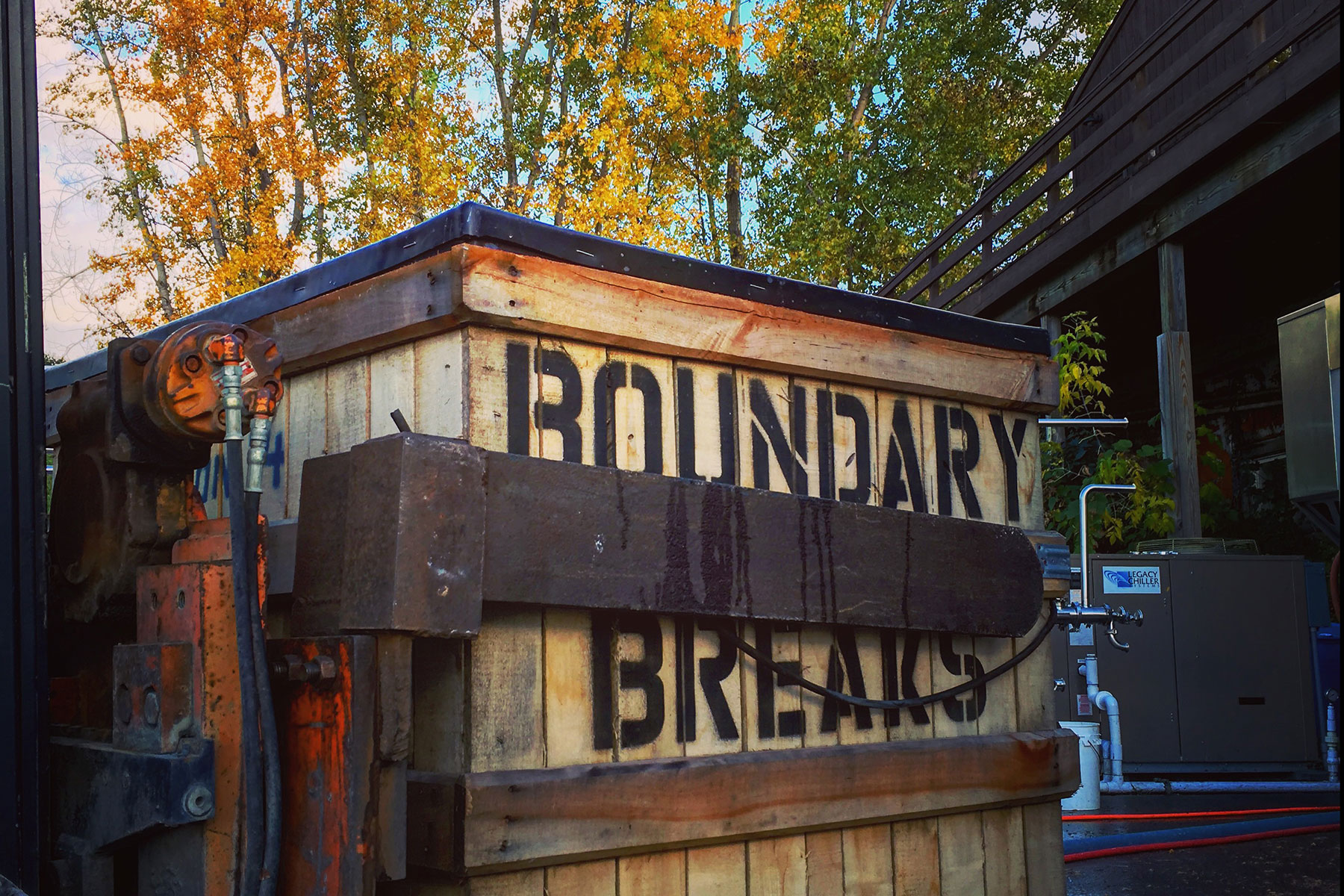
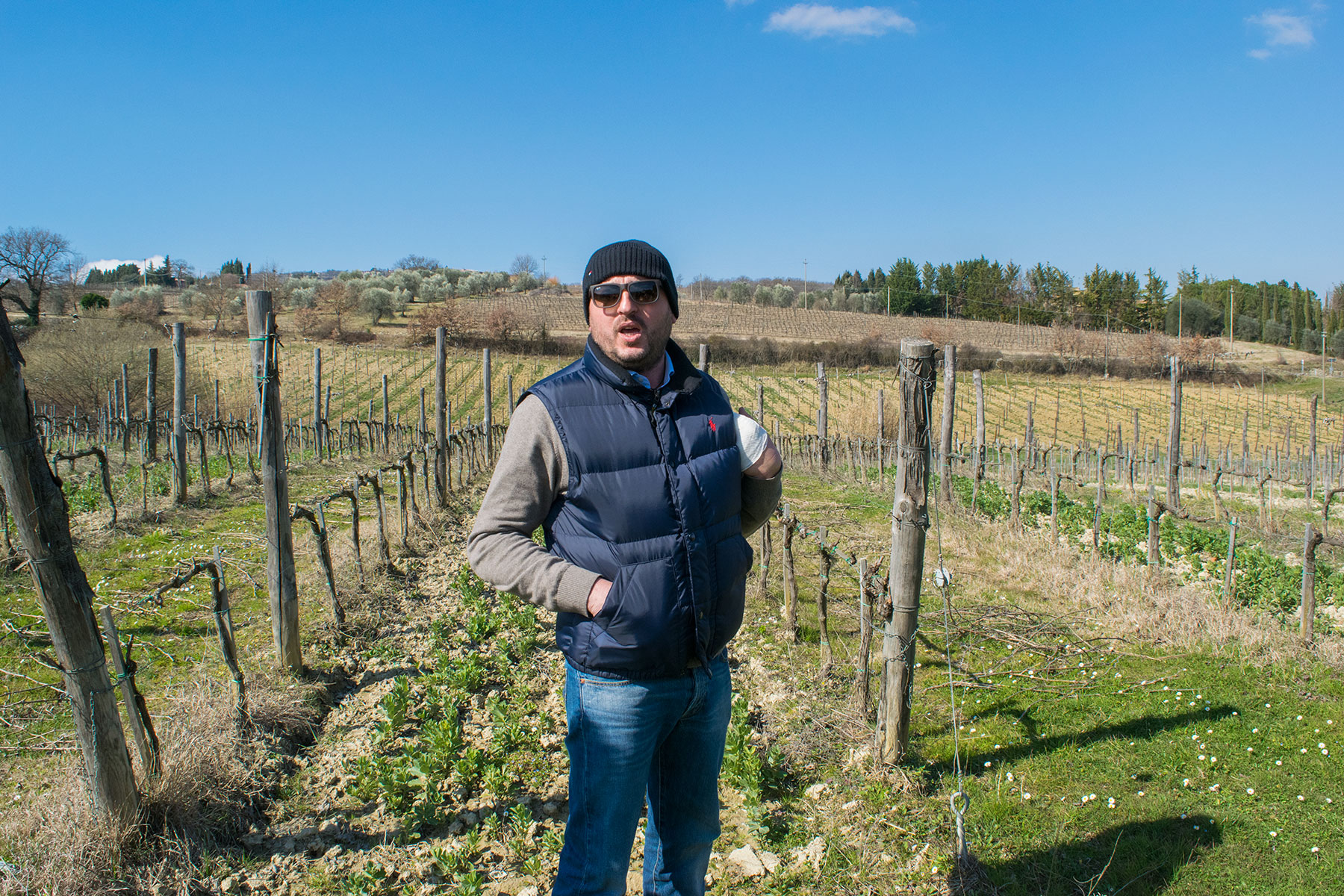
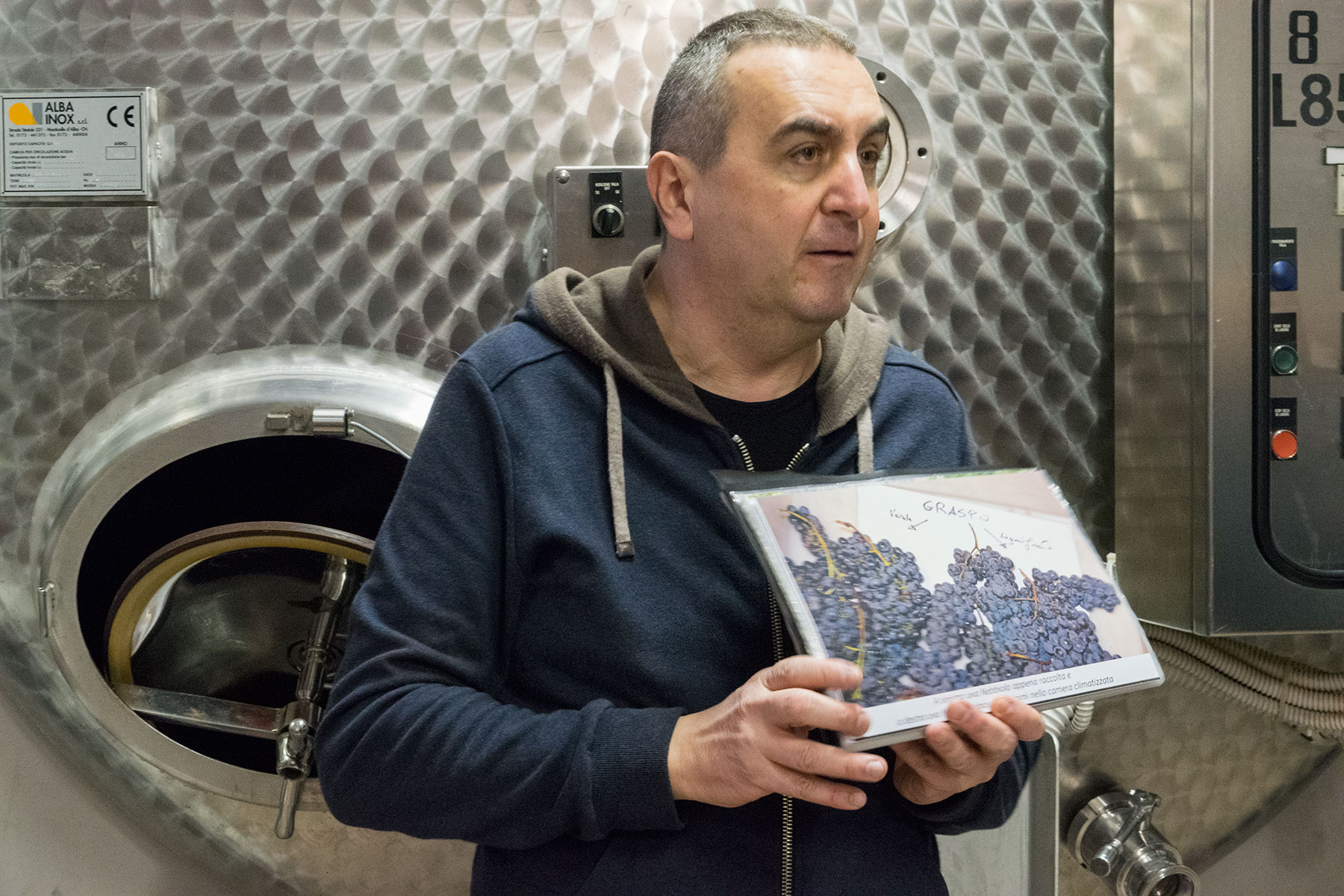
Leave A Comment
You must be logged in to post a comment.